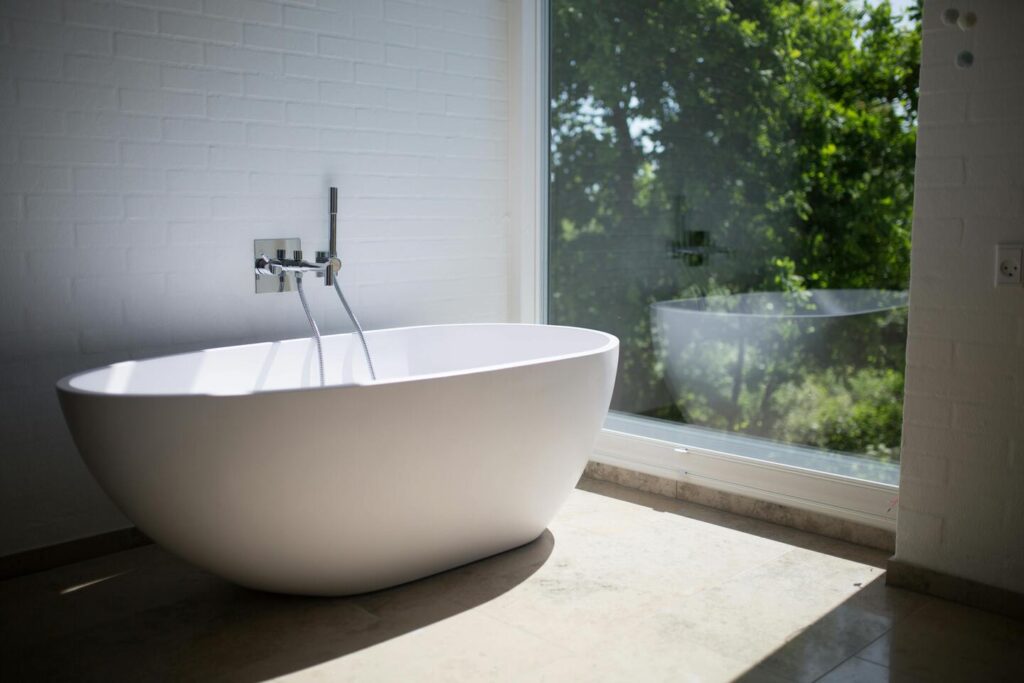Water-Saving Solutions: Conservation Techniques for a Greener Home

Water is a precious resource essential for life, yet it is often taken for granted in our daily routines. As concerns about water scarcity and environmental sustainability continue to grow, it’s more important than ever for homeowners to adopt water-saving techniques to reduce consumption, conserve resources, and minimize their environmental impact. Fortunately, there are numerous strategies and technologies available that can help households become more efficient with their water usage, from simple changes like installing low-flow fixtures to more advanced solutions like rainwater harvesting systems and graywater recycling.
One of the most effective water-saving techniques for homes is the installation of low-flow fixtures. Low-flow faucets, showerheads, and toilets are designed to reduce water usage without sacrificing performance, helping homeowners save both water and money on their utility bills. By limiting flow rates to a fraction of traditional fixtures, low-flow options can significantly decrease water consumption while still providing adequate pressure and coverage for everyday tasks. For example, replacing an old showerhead with a low-flow model can save thousands of gallons of water per year, while also reducing energy usage associated with heating water.
Another innovative water-saving solution for homes is rainwater harvesting systems. These systems collect and store rainwater from rooftops and other surfaces for later use in irrigation, landscaping, and other non-potable applications. By capturing rainwater before it reaches the ground, homeowners can reduce stormwater runoff, alleviate pressure on municipal water supplies, and conserve valuable freshwater resources. Rainwater harvesting systems typically consist of a collection surface (such as a roof or gutter), a storage tank or cistern, and a filtration and distribution system to ensure water quality and usability. With proper design and maintenance, rainwater harvesting systems can provide a sustainable and cost-effective source of water for outdoor use.
Graywater recycling is another water-saving technique gaining popularity among environmentally conscious homeowners. Graywater refers to wastewater generated from sources like sinks, showers, and washing machines, which can be treated and reused for non-potable purposes such as irrigation, toilet flushing, and laundry. By diverting graywater away from the sewer system and repurposing it for on-site use, homeowners can significantly reduce water consumption and minimize environmental impact. Graywater recycling systems typically involve a filtration and treatment process to remove impurities and pathogens, ensuring water quality and safety. While graywater recycling requires careful planning and maintenance to ensure proper functioning and compliance with local regulations, it can provide significant water savings and environmental benefits over the long term.
Drought-resistant landscaping is another effective water-saving strategy for homes, particularly in regions prone to water shortages and restrictions. By selecting and planting native or drought-tolerant plant species, homeowners can create beautiful and sustainable landscapes that require minimal water and maintenance. Drought-resistant plants are well-adapted to local climate conditions and soil types, making them more resilient to drought, pests, and diseases. Additionally, incorporating features like mulch, permeable paving, and efficient irrigation systems can further enhance water efficiency and minimize water waste in outdoor spaces. By designing landscapes that are both functional and environmentally friendly, homeowners can conserve water, reduce maintenance costs, and support local ecosystems.
Water-saving solutions for homes offer numerous benefits, including reduced water consumption, lower utility bills, and minimized environmental impact. By incorporating techniques like low-flow fixtures, rainwater harvesting systems, graywater recycling, and drought-resistant landscaping into their homes, homeowners can make a meaningful difference in water conservation efforts while enjoying the comforts and conveniences of modern living. With increasing awareness of water scarcity and sustainability issues, now is the time for households to take action and embrace water-saving practices that will benefit both themselves and future generations.











